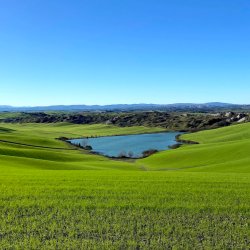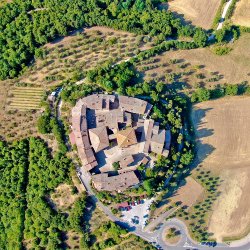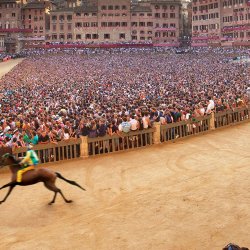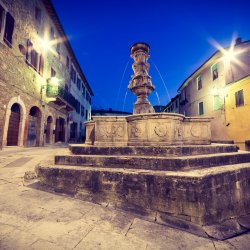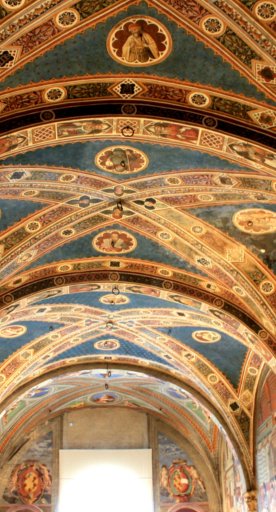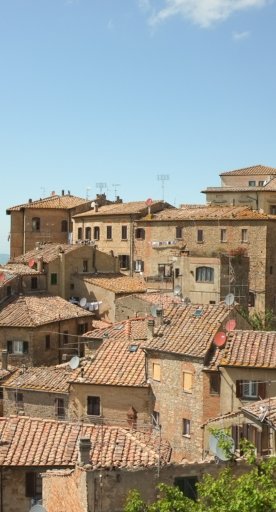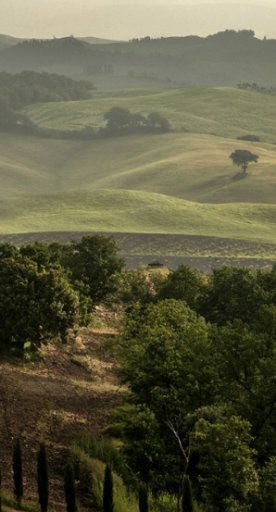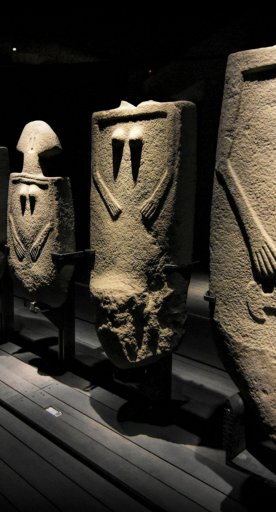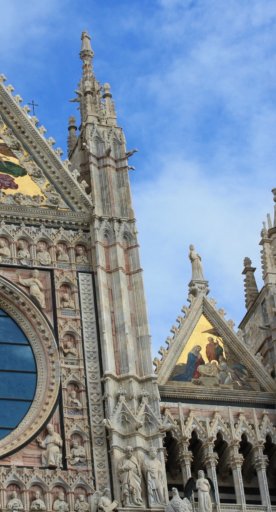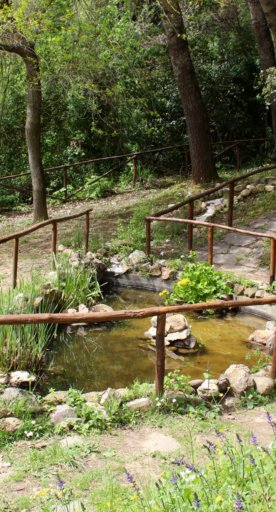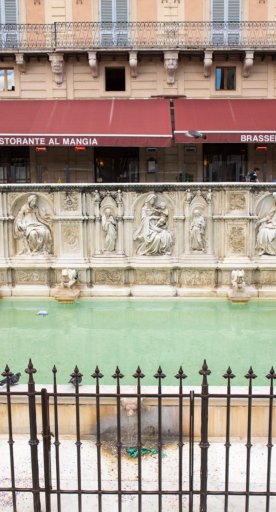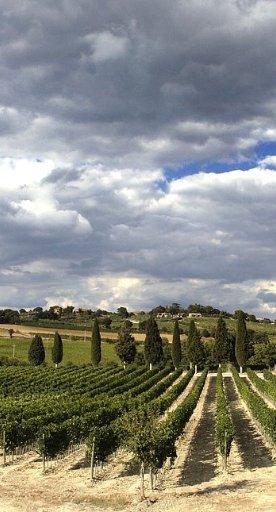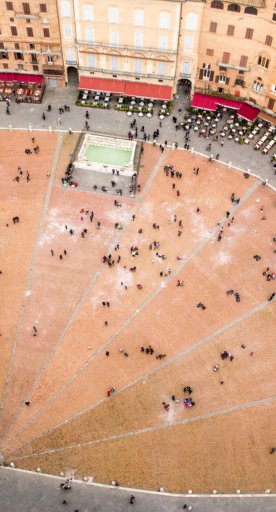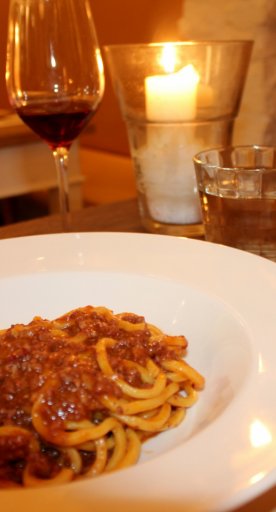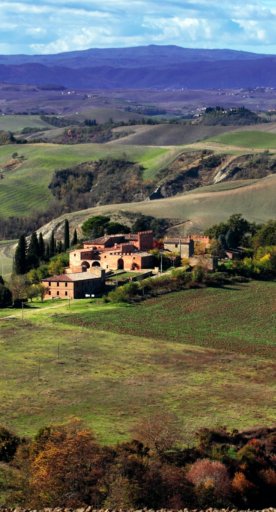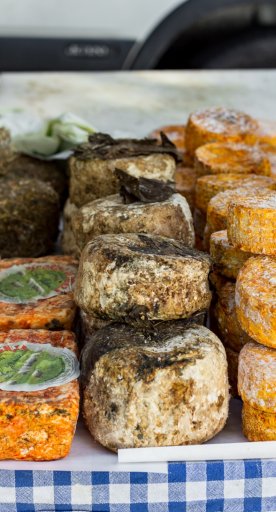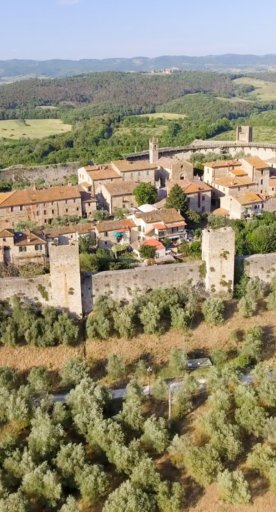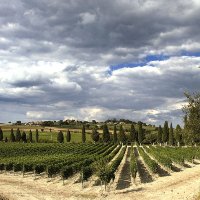
Top 9 things you didn’t know about Tuscany
Here are 9 of the top facts about Tuscany that you probably didn’t know, and which should make your time here all the richer
Nestled on the coast of Italy, the region of Tuscany is packed with beautiful scenery, historical architecture and luscious vineyards. There are plenty of reasons to visit Tuscany, from Michelangelo’s David in the Galleria dell'Accademia delle Bella Arti in Florence, to the world famous leaning tower of Pisa, and if you’re planning a trip you’ll certainly have a packed schedule if you plan to see it all. However, there are also many things for which Tuscany is notable, yet so many visitors pass through the region without realising them. Here are 9 of the top facts about Tuscany that you probably didn’t know, and which should make your time there all the richer.
-
1.Tuscany is the birthplace of the Italian language
-
2.Tuscany was the first region to adopt pavements
-
3.There are more UNESCO World Heritage sites in Tuscany than in South Africa
-
4.The Leaning Tower of Pisa is not the only one
-
5.Pinocchio is from Tuscany
-
6.Tuscany is Europe’s answer to Hollywood
-
7.Marble Arch is of Tuscan origin
-
8.Tuscany has ski resorts
-
9.You’ll find it hard to find a ‘free’ beach in Tuscany
Tuscany is the birthplace of the Italian language
As the heart and soul of the Renaissance, Tuscany was an incredibly important cultural centre, consequently being a major influencer of the commercial and artistic development of Europe, and indeed the world. Whilst Italian clearly shares a close relationship with the Latin language, the modern Italian that is spoken throughout the country today is based upon the Toscano (Tuscan) dialect which was formed during the Renaissance period.
Tuscany was the first region to adopt pavements
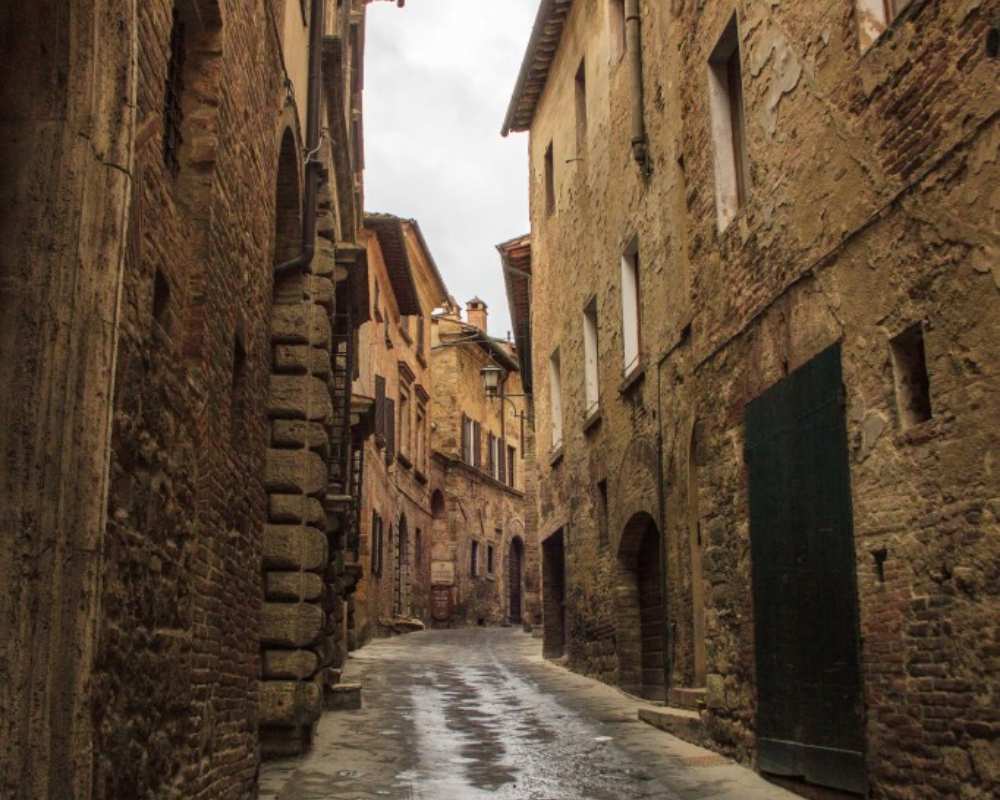
According to some theories, in 1339 the city of Florence became the first European city to pave their streets. A product of the rich banks and merchants of that era, Florence set the bar for cities around Europe and the rest of the world with this trend setting action.
There are more UNESCO World Heritage sites in Tuscany than in South Africa
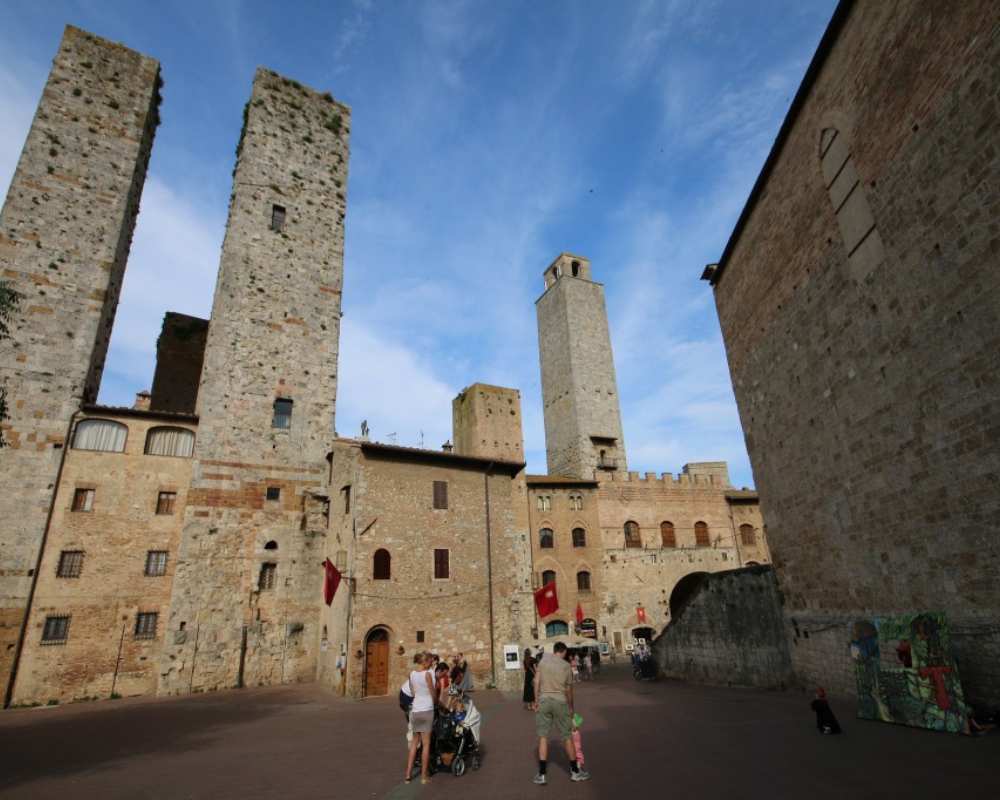
For those seeking a cultural trip, there are few places in the world that can come close to the riches Tuscany has to offer. Just steps from the stunning villas in Tuscany you can find historically significant, artistically pioneering and architecturally outstanding places to visit, including the UNESCO sites of Siena, Florence and Pienza.
The Leaning Tower of Pisa is not the only one
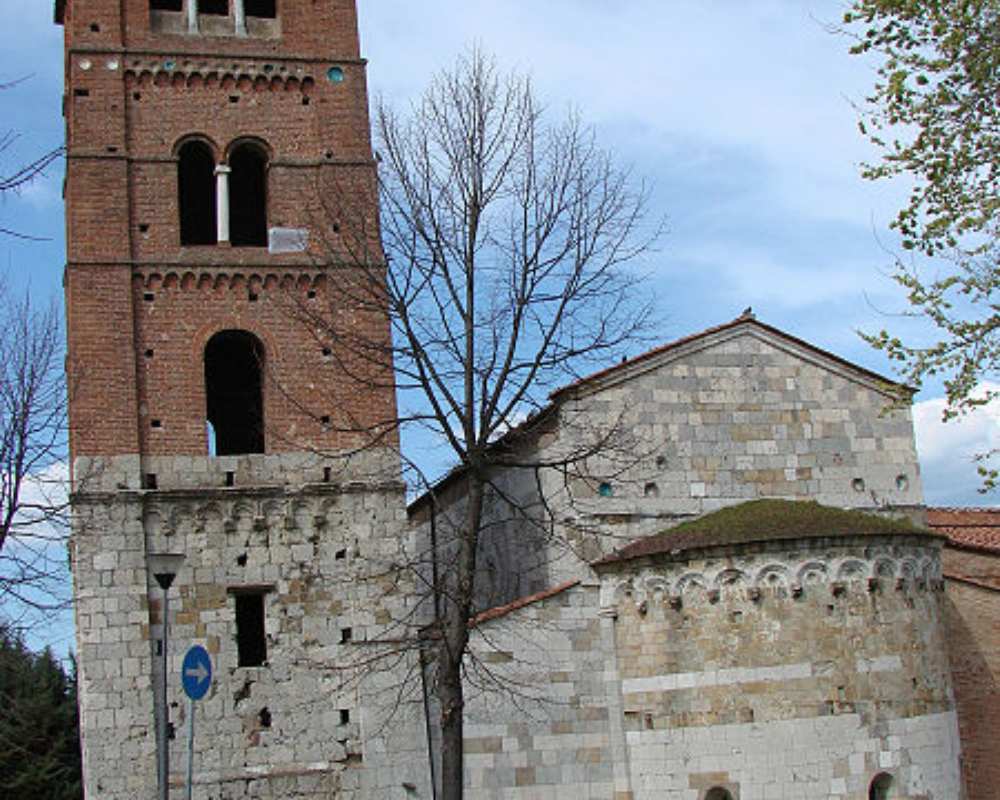
Believe it or not, there are other towers in Tuscany with a distinct lean to them, including at the church of St. Nicola and the bell tower of the church of St. Michele dei Scalzi. In fact, the word ‘Pisa’ comes from the Greek word for ‘marsh land’, and the Italian architects might have done well to consider this fact before they built the 15,000 tonne tower.
Pinocchio is from Tuscany
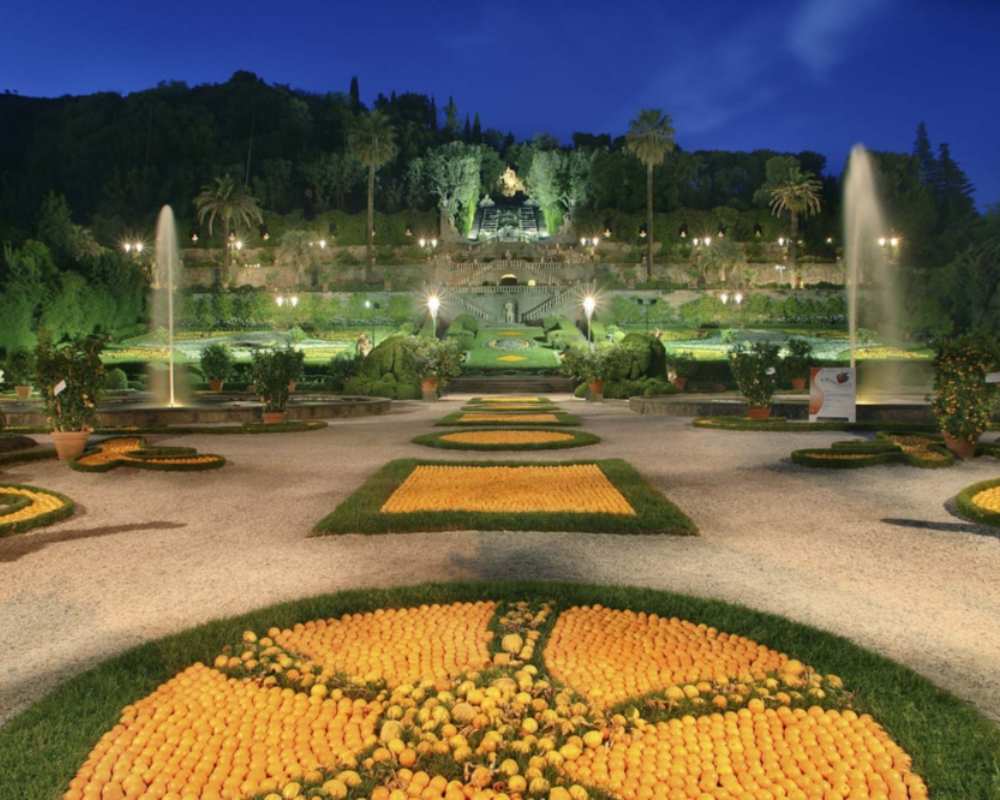
Although most people associate Pinocchio with the 1940 Disney film, the original story was written by Carlo Collodi in 1826 who hailed from Florence.
Tuscany is Europe’s answer to Hollywood
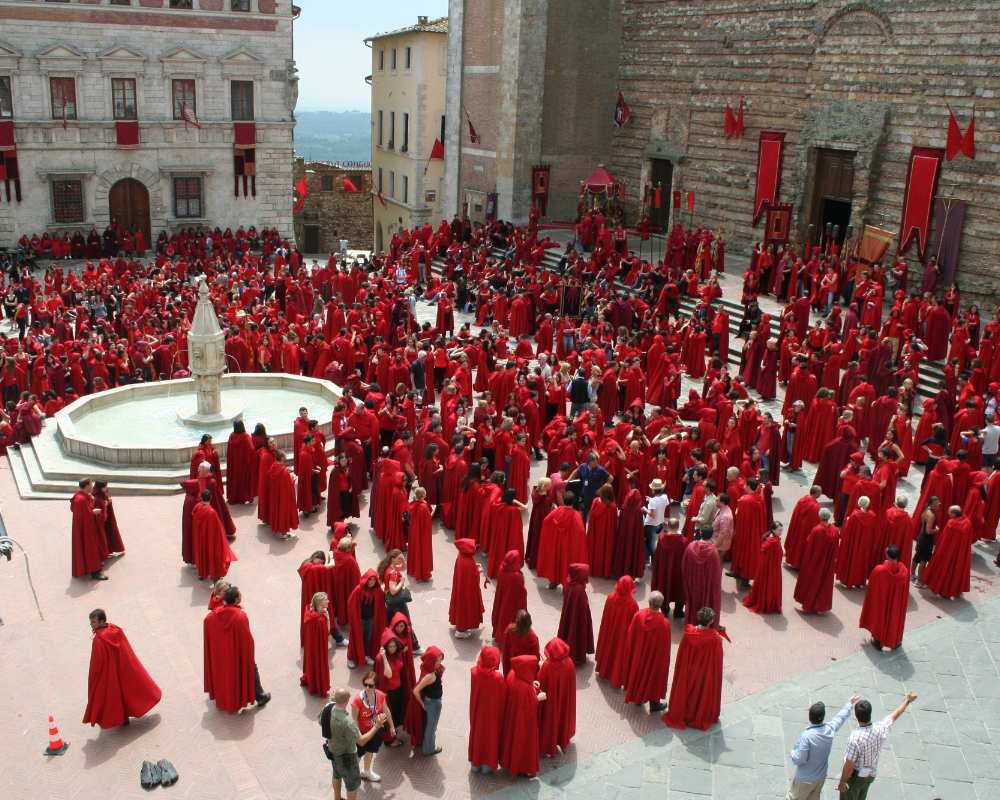
The sheer beauty and magnificence of the Tuscan countryside has lent itself to becoming a film set for a number of blockbuster hits, including Twilight New Moon and Gladiator. It might not have as many A-list celebrities enjoying the local restaurants as the Beverly Hills do, but it certainly has a claim to fame.
Marble Arch is of Tuscan origin
You may well be familiar with the huge arch in London that marks the corners of Park Lane and Oxford Street, but did you know almost all of the marble that was used in its construction was shipped over from Tuscany? Many of the great artists of the Renaissance made the most of this wonderful natural resource too, fashioning such icons as Michelangelo’s David which you can see in the Galleria dell’Accademia in Florence.
Tuscany has ski resorts
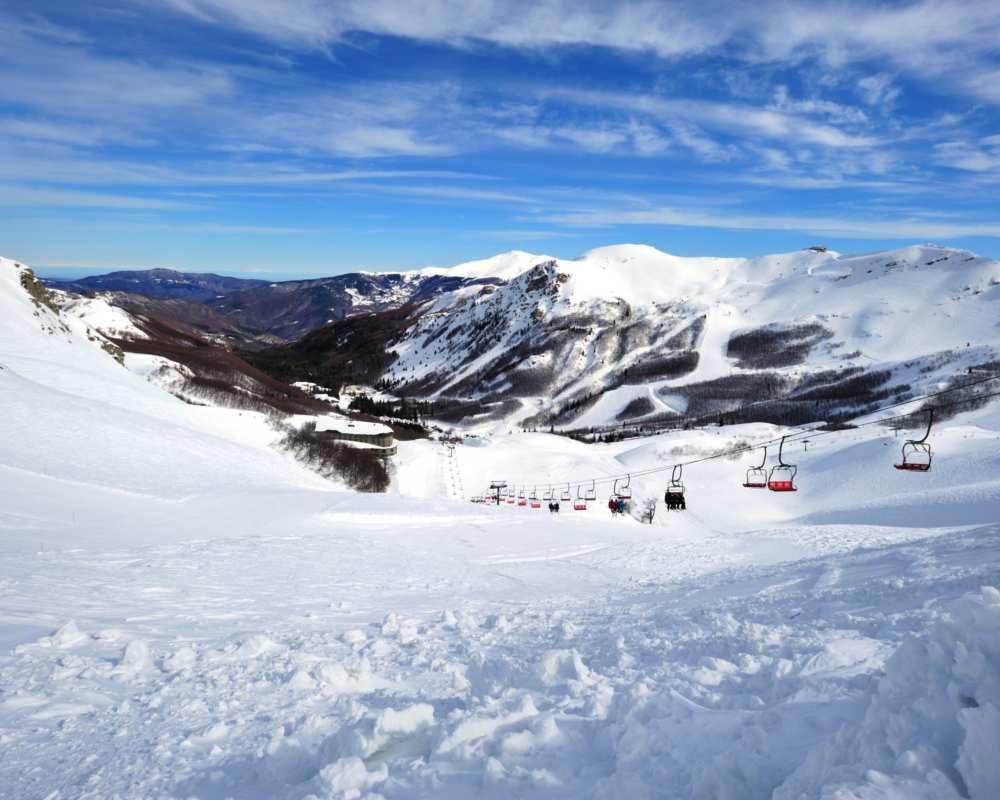
You might associate Tuscany more readily with warm weather and lush vegetation, but in the winter the slopes of Mount Amiata and Abetone become a haven for skiers, snowboarders and hikers looking to enjoy the wintry conditions.
You’ll find it hard to find a ‘free’ beach in Tuscany
Travelling to the beaches, you will notice a good few require payment to access them. The trend for ‘private’ beaches in Tuscany can be a little off putting at first, but the result of having paid access is that the beaches are quieter, cleaner and safer than you would experience otherwise.
Next time you’re in Tuscany, you’ll be able to show off your superior knowledge and understanding of the culture with this canny list of interesting facts. Don’t forget to take a great guide book too, as the Tuscan region is full of hidden gems and fascinating history that you could miss if you don’t know where to look.
This is a guest post by Charlie Stephenson.

